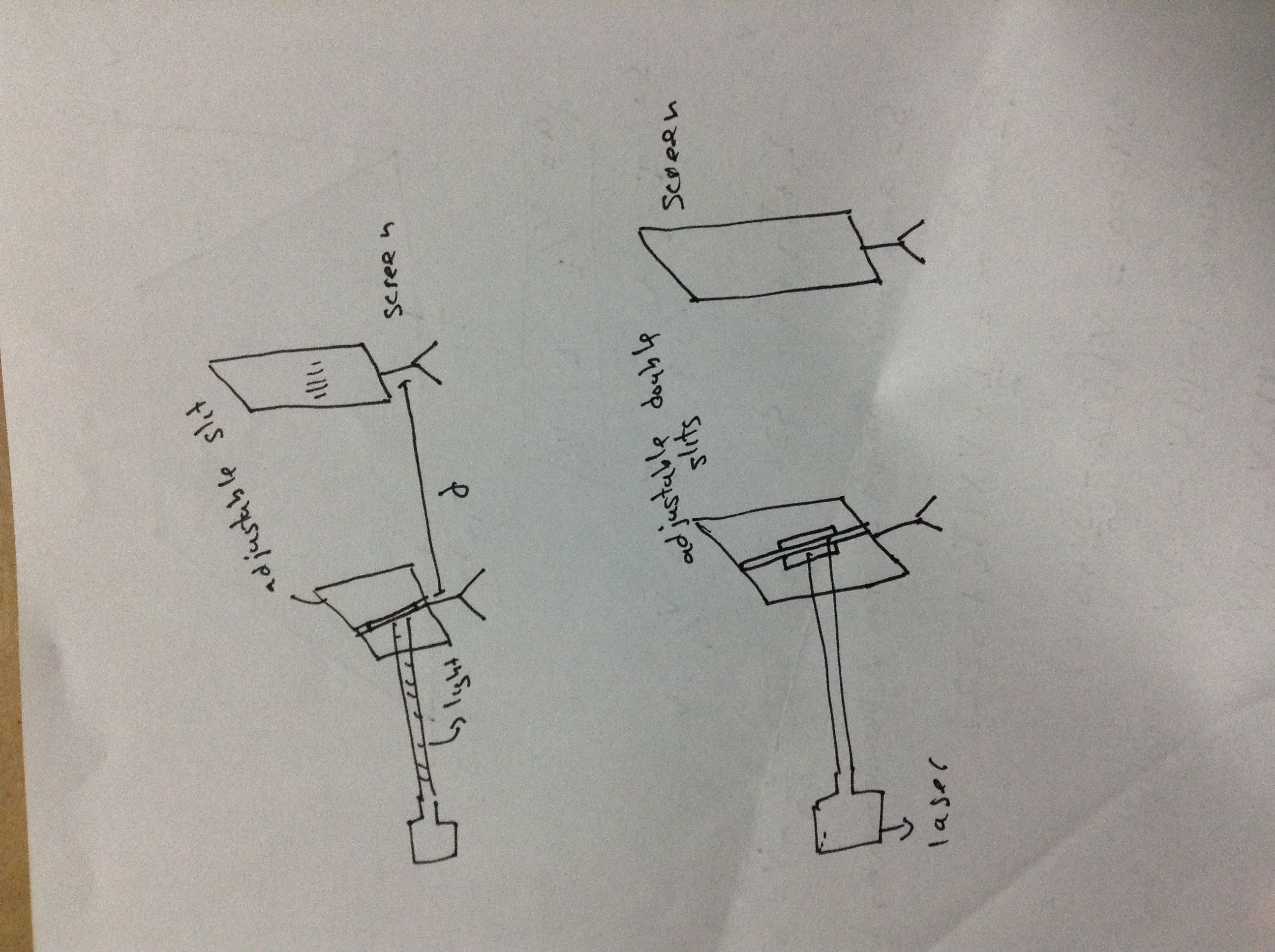- Messages
- 354
- Reaction score
- 529
- Points
- 103
http://papers.xtremepapers.com/CIE/Cambridge International A and AS Level/Physics (9702)/9702_w12_qp_23.pdf
Q1 e (i),(ii) should we convert the speed into forces ? please someone explain ! .. thanks
Suchal Riaz
Q1 e (i),(ii) should we convert the speed into forces ? please someone explain ! .. thanks
Suchal Riaz
Last edited:
